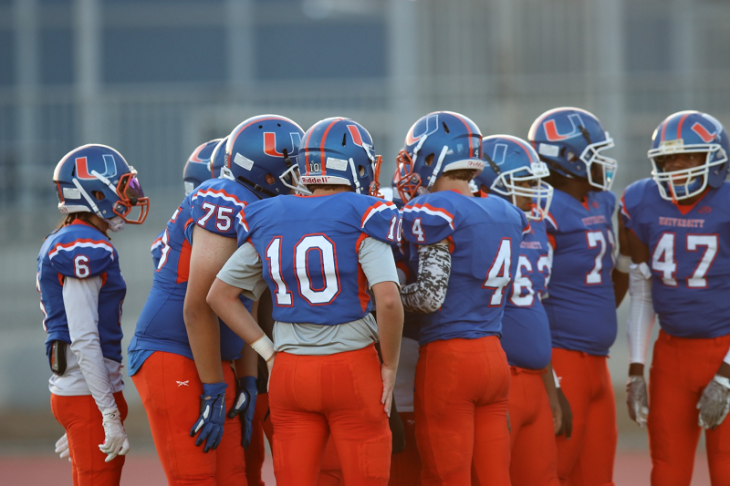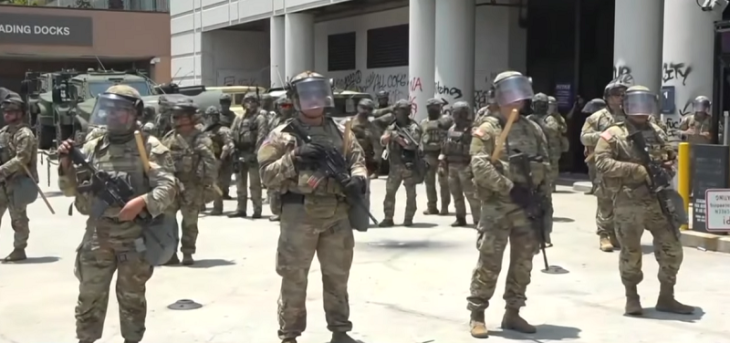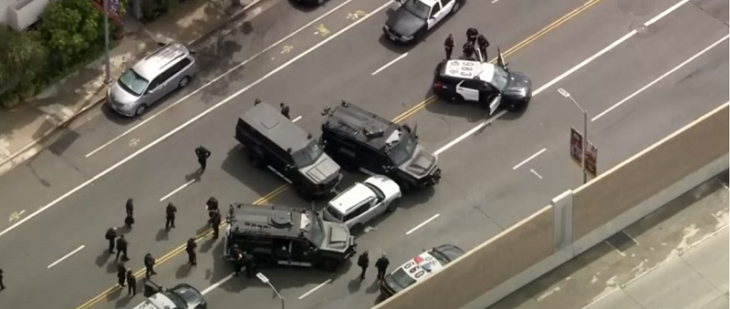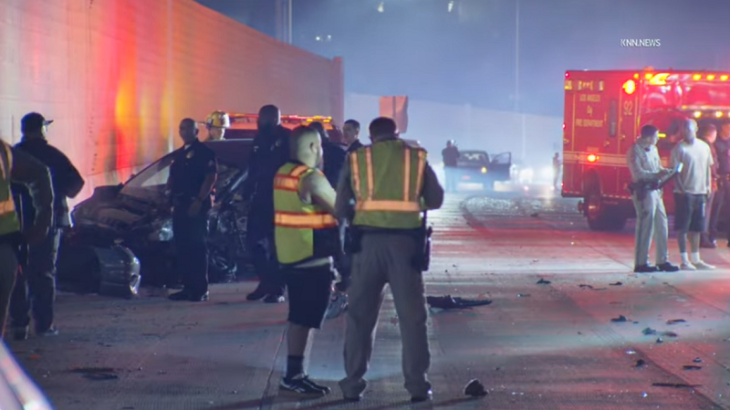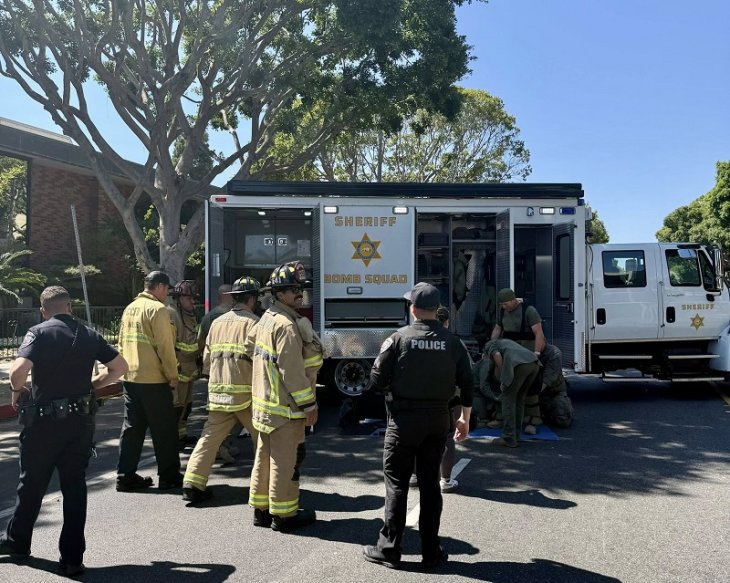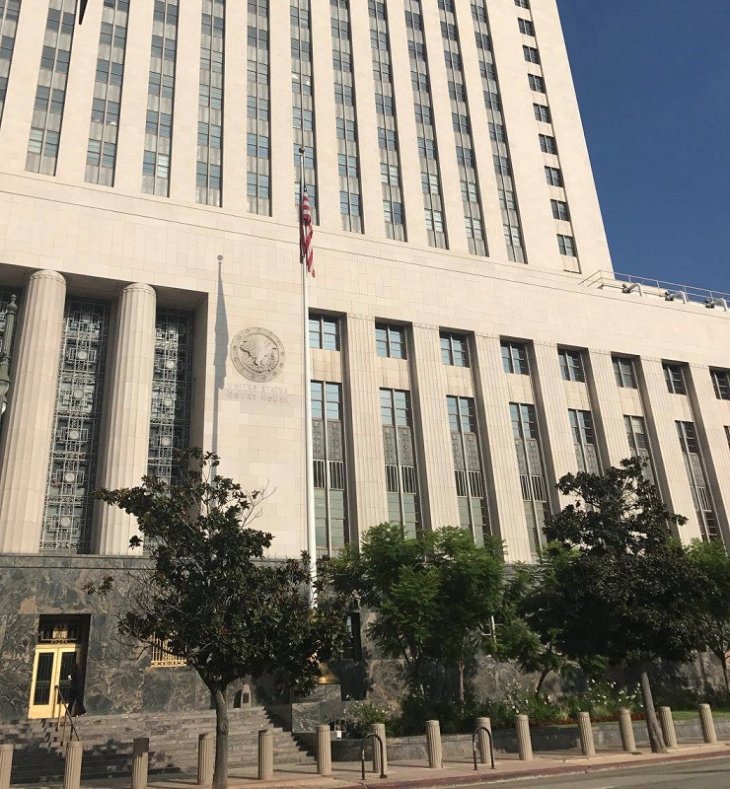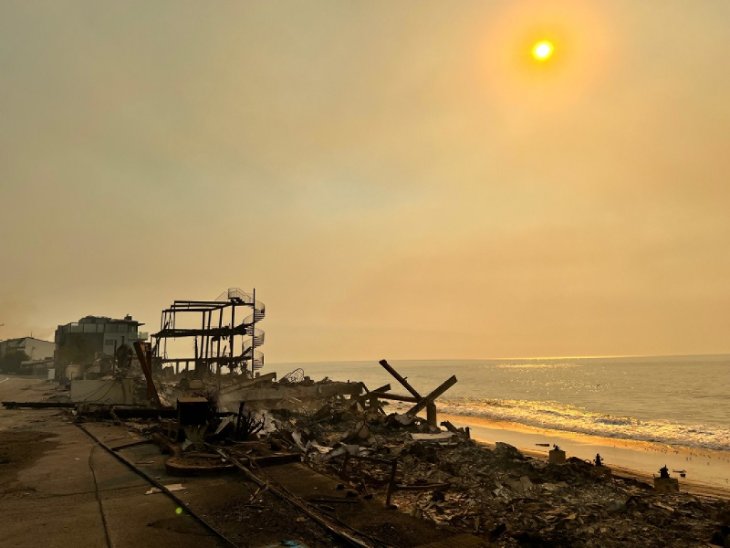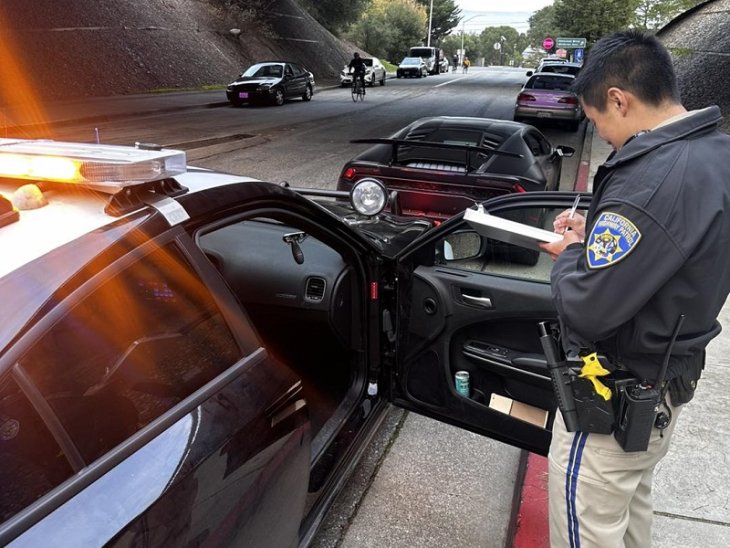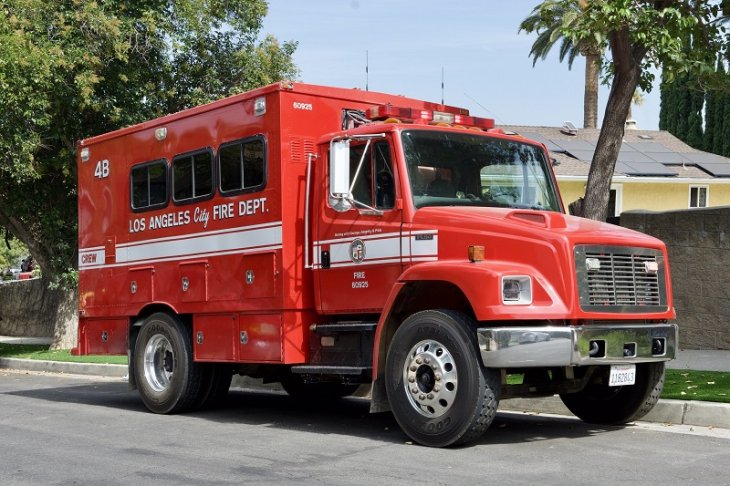By Steve Stajich
While some may still have several hours of the deeply impressive Ken Burns and Lynn Novick documentary “The Vietnam War” awaiting viewing on their DVR, I don’t think it’s too early to begin discussing the film and what it tells us about a time when America was at least as divided as it increasingly appears to be now.
Of course, in our present time we are being told that America is deeply divided while the evidence that we are deeply divided is sometimes the source of more divisiveness in and of itself. Viewed from a certain distance, the current President’s sequence of comments about NFL players taking a knee might just have been just another distraction to keep us from noticing that there has been little but chaos and failure in the White House since January. Looked at more closely, there seems to be a level of racist dog whistle in those comments on top of the inherent hypocrisy of a leader who would fail to call white supremacists out for what they are and then get noisy about football players kneeling.
But since I’m old enough to remember much of the period personally, I can testify that the Vietnam War was a topic at Thanksgiving dinner tables that rocked the room far more than the antics of our present feeble leadership. Laying the current divisions in our country over those that emerged over Vietnam would be like laying a wet newspaper over a burning car.
Burns and Novick spent 10 years working on the film, assembling 25,000 photographs, filming nearly 80 interviews and spending $30 million on what constitutes an 18 hour documentary. But even with all that impressive effort, one can still question whether the information is definitive. I don’t doubt that students will view this film for decades and take it as a very complete narrative. And yet the Vietnam War refuses to be completely contained within this magnificent effort.
Consider two compelling dimensions that have garnered some critical feedback on the project. Nick Turse, the author of “Kill Anything That Moves: The Real American War in Vietnam” (which is one of the books recommended as an “accompaniment” by the film’s makers) writes on the website The Intercept that the film doesn’t explore the real cost to civilians and the country as a whole. Turse writes, “Combatants are not the main participants in modern war. Modern war affects civilians far more and longer than combatants” and that civilians “lived the war week after week, month after month, year after year from one decade into the next.” He says Burns and Novick “seem to have mostly missed these people, missed their stories, and, consequently, missed the dark heart of the conflict.”
It was certainly true that for the American parents being asked to send their children to fight in the Vietnam War, there was a critical question of motive: If a loved one died over there, what is it we say we were fighting for? Jeremy Kuzmarov, writing for the Huffington Post, argues that the Burns/Novick narrative overlooks that winning Vietnam might have been more about turf than democracy. Saying that the film provides “misleading history,” Kuzmarov writes “Despite the counter-cultural veneer, however, and admirable efforts to provide a Vietnamese perspective, Burns and Novick’s film in its first episodes provides a conventional analysis about the war’s outbreak and can be understood as a sophisticated exercise in empire denial.”
Well, yes, the U.S. would have wanted some airbases there after a victory. Some critics at the time of the war argued Vietnam had oil and that was part of why we were there. But even in James Jones’ World War II novel “The Thin Red Line” a character is asked what the fighting is about and answers “Real estate.”
In our household, we observed the following about the lasting impacts of watching Burns and Novick’s film: U.S. troops could not beat the enemy’s understanding of the terrain, they could show immeasurable courage and still the dogged enemy would charge at them, and the men who were in a position in the U.S. government to stop the killing could not accept defeat. All this, and U.S. citizens were saying in polls that the majority did not support the continuation of the war.
I found the representation of the “resistance” of that time back at home to be far more complete than I had expected. Details about the horrific brutality of the battlefield were necessary and they were in the film. The impacts of sustained war on civilians have only recently been more fully reported in our current conflicts. And there will always be some degree of mystery about motives and goals. Because war continues to be the most archaic, tragic and futile exercise civilization imposes on itself. And yet, there are still those who threaten to unleash it today. Maybe they should watch 18 hours of “The Vietnam War.”




